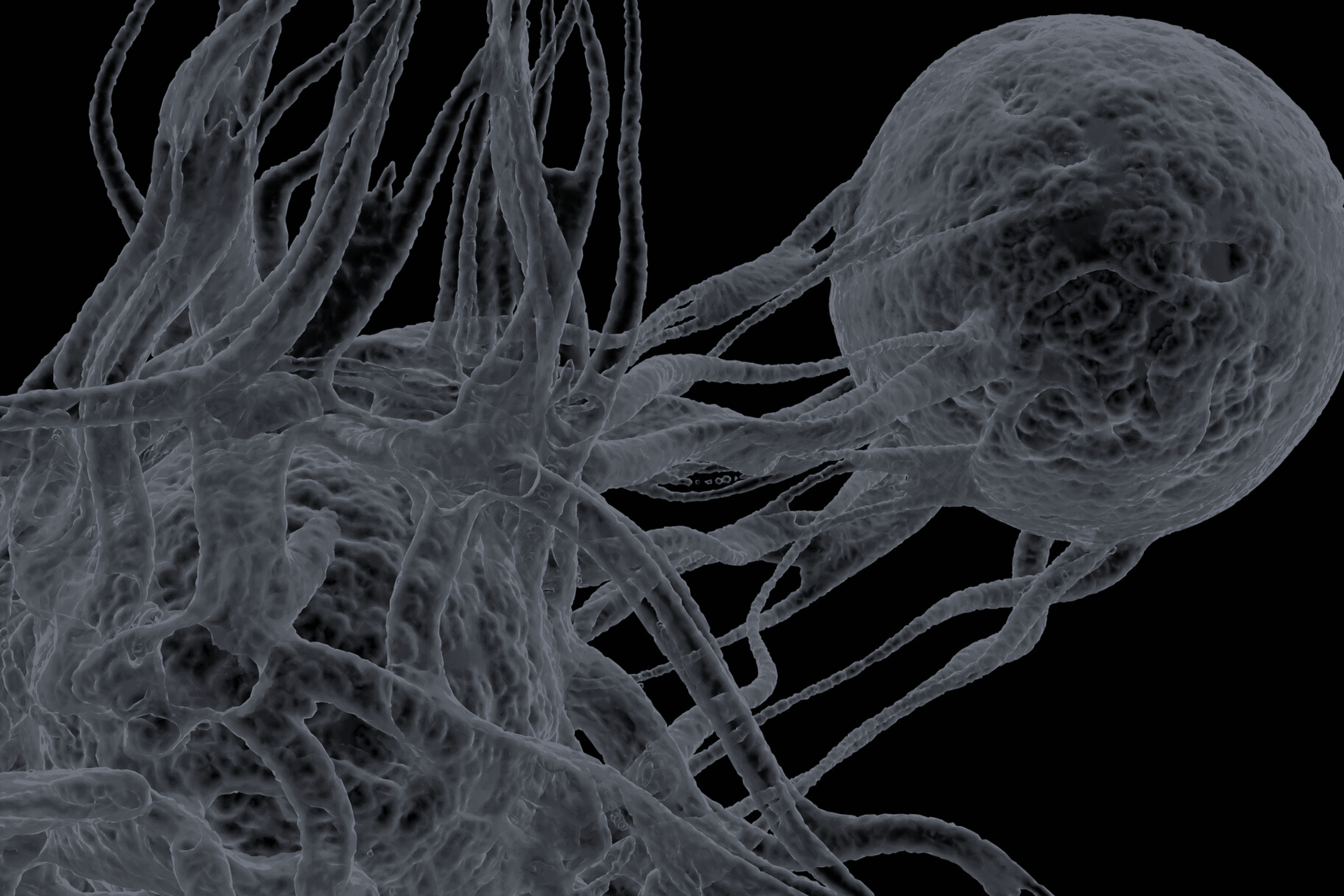This use case employs AI to detect and classify anomalies in radar data collected by EISCAT, with a focus on identifying space debris and rare events. It supports sustainable space use and enhances the scientific and operational value of radar datasets through automated detection and orbit determination.
Space Debris & Anomaly Detection in Radar Data

Challenge
The growing congestion in Earth’s orbit from “New Space” activities (e.g. small satellites) heightens the risk of collisions and space debris creation. Current radar data contains valuable but underused information about space objects and anomalies. AI can help automatically detect these events, distinguish between natural and anthropogenic anomalies, and generate data products useful for space situational awareness and orbital analysis.
Target
Detect rare or unusual radar events linked to space debris or disturbances. Translate anomalies into usable information such as object tracks, and remove space debris signatures from ionospheric datasets.
Development Steps
-
Identify optimal models and configurations for anomaly detection in radar datasets
-
Extend algorithms to detect and classify various anomaly types
-
Conduct root-cause analysis for identified anomalies
-
Translate debris-related anomalies into orbital tracks (range, rate, RCS)
-
Train and evaluate AI models
-
Validate models on real EISCAT data streams
Target Stakeholders
-
EISCAT facility operators
-
Researchers studying space weather, orbital debris, and ionospheric conditions
-
Satellite operators and space agencies
Impact
-
Enhances data usability by distinguishing between space debris and natural ionospheric features
-
Supports satellite collision avoidance and space situational awareness
-
Amplifies scientific return from existing radar data
-
Enables broader exploitation of EISCAT data by both research and operational communities













